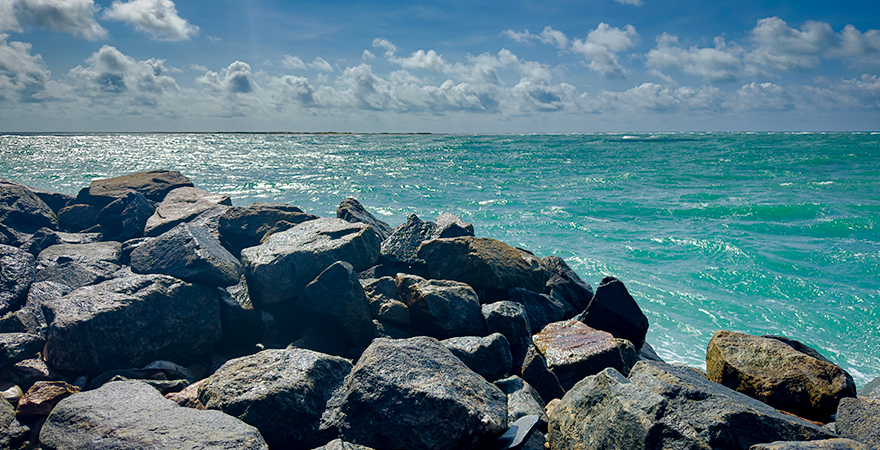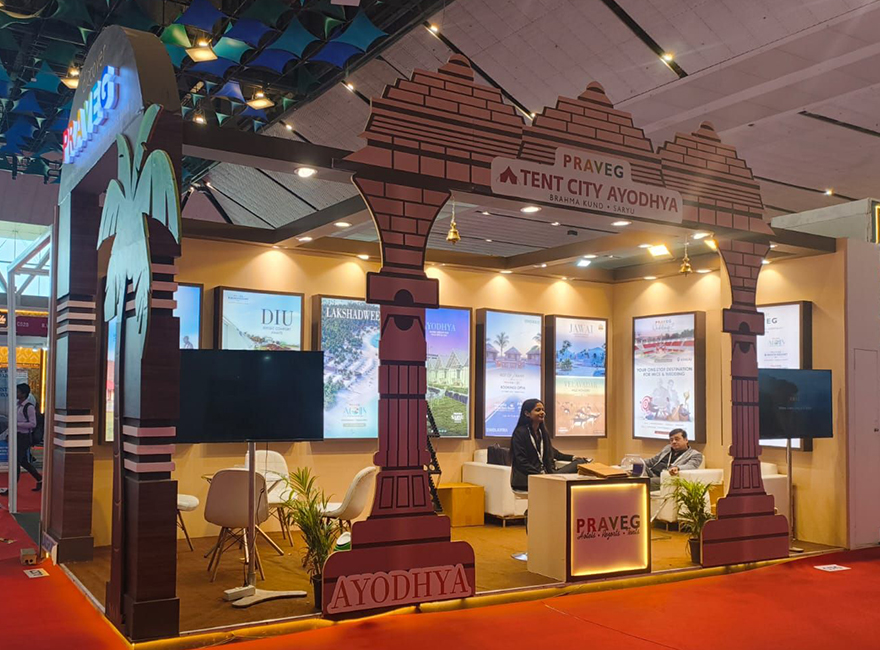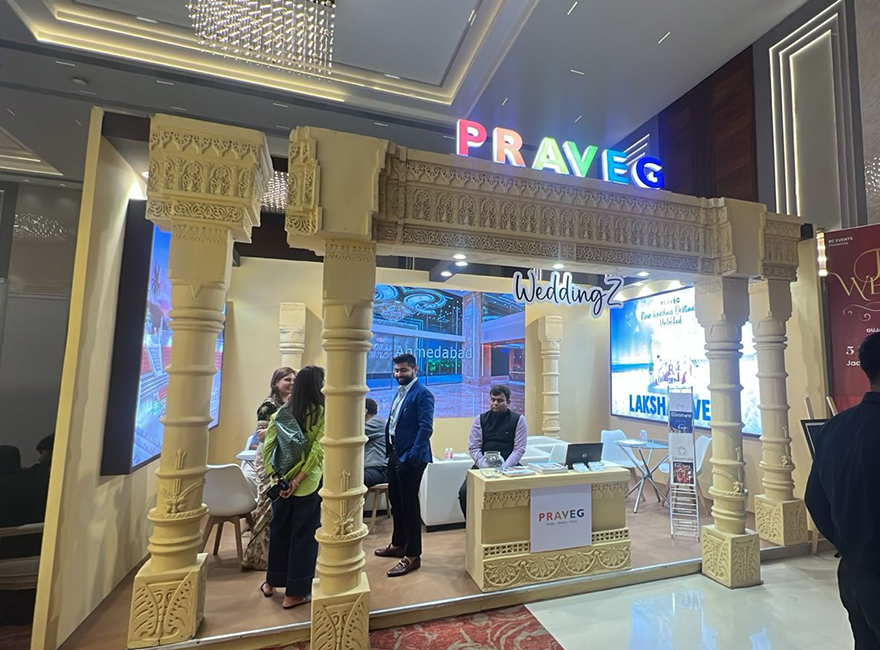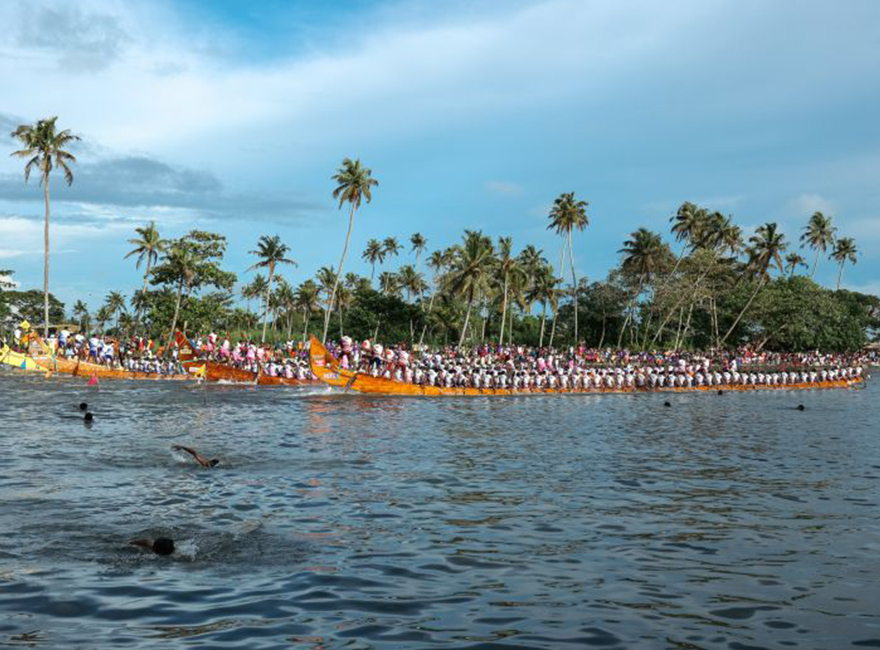India is known not only for its diverse culture but also for its rich architecture and heritage. On my recent trip to South India, I planned to explore key spots in the Indian Peninsula, starting from Hyderabad in the east, then heading to Nanded in Maharashtra, followed by Kochi in Kerala. From there, I intended to drive to Munnar to witness the rare Neelakurinji flower bloom, then travel to Kodaikanal in Tamil Nadu, and finally, reach the southernmost tip of India, Arichal Munai, via Rameshwaram, before returning to Ahmedabad.
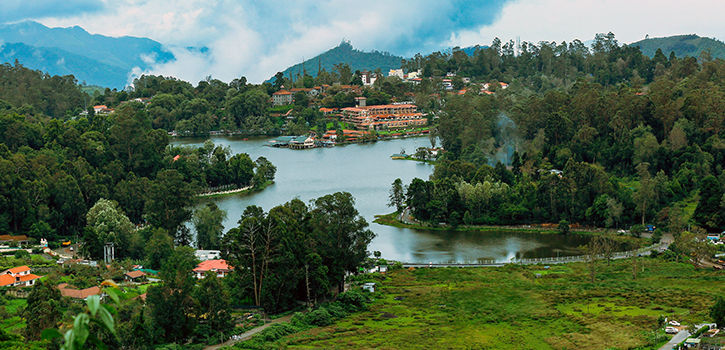
Due to the devastating floods in Kerala, I hoped the rains would stop and that life would return to normal soon (around the first week of August). However, the situation worsened as water from dam reservoirs was released through three gates, intensifying the natural disaster. This forced me to cancel my bookings from Hyderabad to Kochi, which was disappointing. But the news of the Neelakurinji flowers blooming in Kodaikanal, a rare event that happens only once every 12 years, made me reschedule my trip. I couldn’t miss this once-in-a-lifetime sight!
After returning to Ahmedabad (skipping Munnar), I resumed my trip on September 1, 2018, starting from Coimbatore. I traveled across Kodaikanal, known as the Nainital of South India, visited Rameshwaram, and finally reached Madurai.
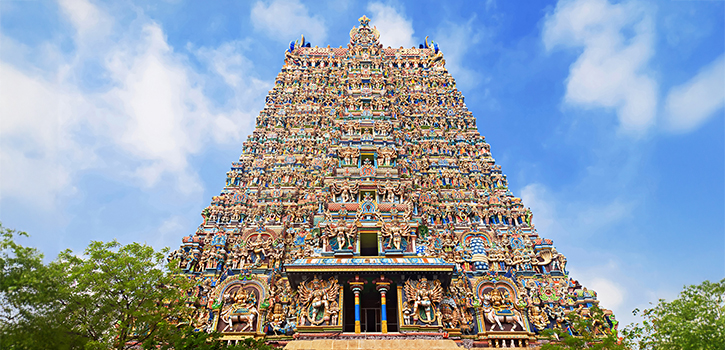
The Meenakshi Temple has fascinated me since childhood, particularly its architecture. This iconic monument, built in the 6th century, features key structures such as the Meenakshi Amman sanctum, the Sundareshvara (Shiva) temple, a wedding hall, the thousand-pillar hall, and the sacred golden lotus pool. The pool, with a golden lotus at its center, is a massive reservoir measuring 165 ft by 120 ft, and it’s a major attraction.
Madurai, situated at the southeast tapering end of the Western Ghats, is surrounded by several mountain spurs. Among these mountains are ancient temples carved out of gigantic boulders, which can also be referred to as cave temples.
The main sanctum of these temples is monolithic, carved out of a single rock. I was in awe as I visited each one, admiring their beauty, craftsmanship, and the way entire towns developed around them, reflecting the inclusive growth of society. Most of these temples are dedicated to Murugan, Vishnu, or Shiva. Their architecture speaks volumes about the expertise and skill of our ancestors. Despite the lack of modern technology or heavy machinery, they carved these temples out of massive rocks—something that seems almost impossible today.
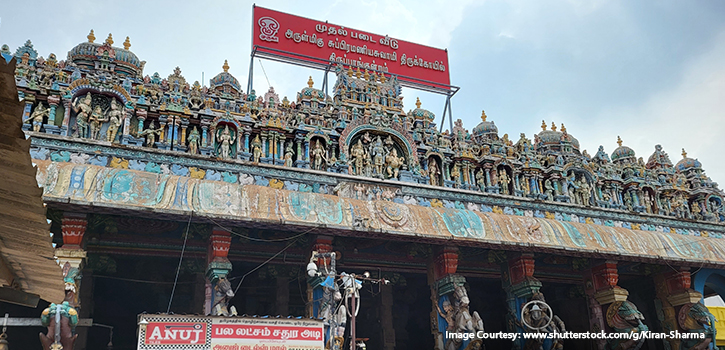
Some of the notable rock-cut temples include the Thirupparamkunram Murugan Temple and the Narasingaperumal Temple, carved into an elephant-shaped rock. Other significant temples around Madurai are Koodal Alagar Perumal Koil, Thirumokur Kovil, and Alagar Kovil.
Most of these temples feature a reservoir or pool either beside or within the temple grounds. The technical precision and thoughtful architectural approach behind these structures are impressive. These reservoirs were likely built with a larger community purpose in mind, tapping into pranic energy. However, it’s disheartening to see that many of these pools are now filled with muck, despite signs from the Archaeological Department urging visitors not to damage the structures. Inside the temples, large amounts of gold and money are offered daily, yet these sacred pools are neglected.

We worship water as a deity, so why can't these reservoirs be cleaned and equipped with modern filtration systems? This would not only beautify the temple grounds but also provide water for gardening and other purposes. These reservoirs could be a solution to water scarcity in summer when dam water is held back. Often, dam waters are released only during excessive rainfall, allowing valuable water to flow into the ocean. Can’t we manage these resources better?
Harmandir Sahib in Amritsar serves as a great example of how to conserve and respect heritage pools. Were the reservoirs of ancient temples not akin to Amrit Sarovar, brimming with positive energy from the constant prayers and hymns sung in the temples? Many of these temples are part of the 108 Vishnu Avatars, yet look at the state they are in today.
In Punjabi, we say, "Pavan Guru Pani Pita, Mata Dharat Mahat," meaning "Air is the teacher, water is thy father, and earth thy mother." But what is the state of our 'father,' water? Civilizations have always developed around rivers and water resources, yet their condition is deteriorating.
When it comes to gender, both male and female deities have been given equal respect in these temples, but recent reports on the gender ratio show a decline, which reflects our skewed understanding of education and progress.
In conclusion, our ancestors were far more advanced than us in respecting both gender and nature equally. The irony is that while we enjoy the luxuries of modern civilization, we have forgotten how to respect nature, treating it as our slave.

